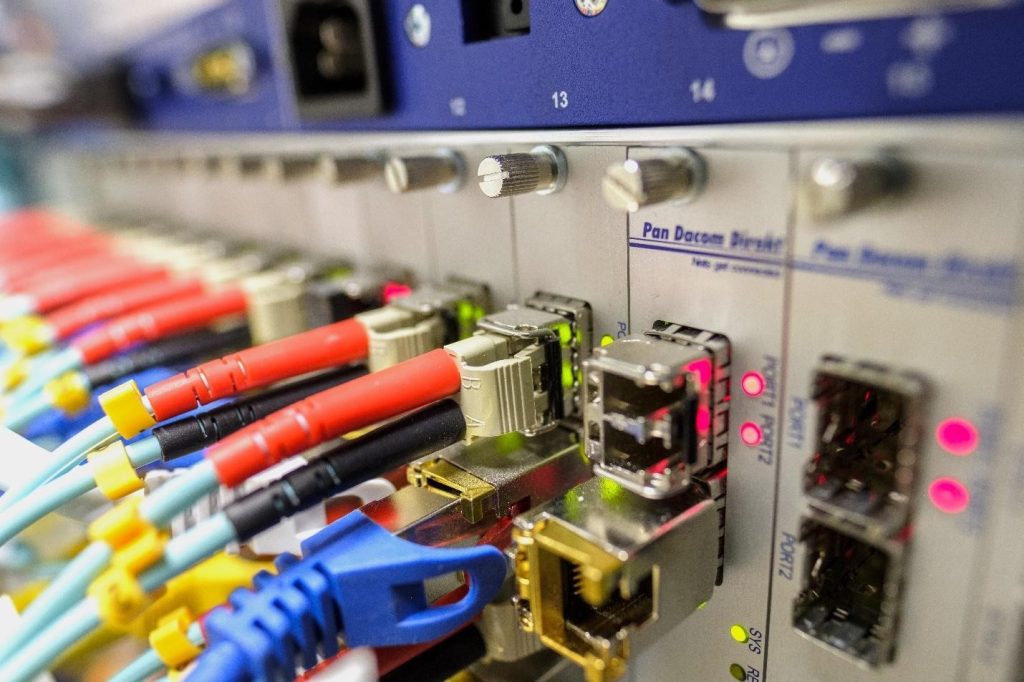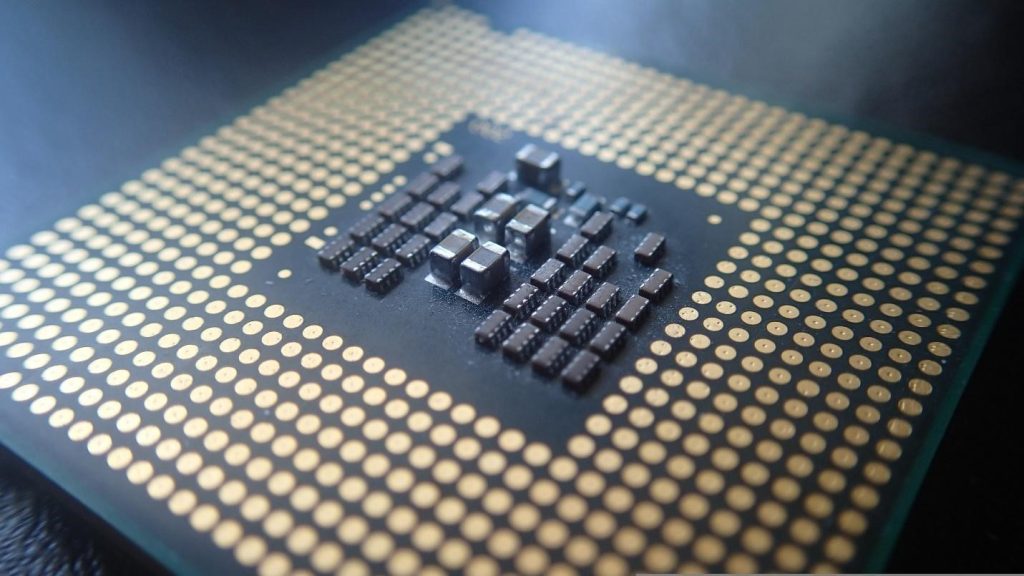Since the onset of the urban era, across the globe, the major concentration of opportunities and challenges for development has been mainly found in cities. Consequently, countless modern cities are expanding almost infinitely and are now far too vast to experience fully within a single lifetime.
Historically, many have regarded a city as a giant machine that required various infrastructures, including buildings, roads, pipelines, water, and electricity to operate. However, cities are much more than just machines. While numerous cities around the world have struggled to regenerate from natural and man-made disasters, unlike most machines, they refuse to break and always continue forward. In this regard, really a city is more like a living organism that can repair itself and evolve.
Now, the underlying matrix that makes up global cities is being reshaped and expanded by a digital and intelligent revolution. Due to the constant evolution and modernization of society, in many urban environments, the existing infrastructure is no longer capable of meeting the demands of its residents. Across the globe, there is a focus on the digital upgrading of existing systems to realize a new sophisticated infrastructure capable of fulfilling the demands of the society it supports.
Advancing Digital Infrastructure
The concept of China’s ‘new infrastructure’ looks to exist alongside traditional ‘infrastructure’. New infrastructure combines the characteristics of the latest scientific and technological innovations to meet a city’s needs. This concept was initially introduced in China in 2018. Technologies including 5G networks, ultra-high voltage infrastructure, intercity high-speed railway and urban rail transit, electric vehicle charging networks, and big data centers, as well as AI and industrial internet, are all vital elements of new infrastructure.
As technology and social demands continue to develop, it is crucial to align the focus of new digital infrastructure. For example, in light of the global epidemic, the world has gained a fresh understanding of the development priorities concerning urban infrastructure construction, especially in relation to the impact of digital services on city management.
Digital Improvements from Cloud to Terminal
The new infrastructure in the digital intelligence era is primarily based on ‘cloud, pipeline, and terminal’, where ‘cloud’ specifically pertains to the infrastructure and resources that support wider cloud computing. ‘Pipeline’ refers to the transmission of information or network communications technology, including telephone networks and broadband providers. ‘Terminal’ refers to the terminal or end application, which can be divided into the hardware and software terminal devices.Hardware terminals include computers, mobile phones, sensors, and interactive terminals, such as smart meters, shared bicycles, and future smart cars. Software terminals include various applications, web login interfaces, software terminal programs, and more.
While the deployment and movement towards a digital future differ from country to country, there are two key themes shared by most cities. The first is to make it easier to deploy vital digital systems, such as 5G networks and gigabit broadband, in an effort to accelerate the collaborative construction of communication networks and computing infrastructure. This will further help to promote the large-scale and comprehensive deployment and application of technologies, including IPv6, central and edge computing centers, and mobile Internet of Things (IoT) devices. To deliver a systematically optimized layout for the computing power infrastructure, while strengthening the digital and intelligent transformation of traditional infrastructure.
The second is to improve the utilization of data resources. Many nations are working to build or expand national data management systems and mechanisms to improve data management at all levels. This includes promoting the aggregation and utilization of public data across key fields such as public health, science and technology, and education. Simultaneously, there are attempts to unleash the potential of commercial data. In both cases, the combination of big data and AI or machine learning can be a powerful new tool for cities across the world.
But for many countries the efforts extend far beyond these two themes, with further performance gains needed across the information and communications industry, including promoting extensive fibre optic networks (Figure 2), the construction of cloud network infrastructure specifically for small and medium-sized cities, and the development of mobile IoT and smart cities. This is in conjunction with increased research and development of core technologies such as AI, blockchain, and digital twins needed to help the digital transformation of modern cities.

Digitization Improves Urban Resilience
Urban resilience has become an essential topic of global significance in the wake of pandemic. Strengthening the development of intelligent infrastructure is vital for urban resilience, allowing cities to react smarter and more efficiently to future challenges.
It is imperative for future cities to adopt intelligent technology in traditional infrastructure construction. Innovative solutions like AI, 5G, and cloud computing can help transform and upgrade conventional methods across transport, healthcare, and education, resulting in a stronger urban resilience capable of withstanding any future challenges.
The Data Twin Cities is another area where the integration and innovation of emerging technologies, including the IoT, big data, spatiotemporal information, AI, and smart cities are seeing intense development. With digital twins technologies, virtual and real interactions can be simulated to provide important digital collaboration for urban management, decision-making, and services.
Data is the New Oil
Now for cities, new infrastructure no longer means just steel and concrete, and the buildings around us. The digital revolution is continuously reshaping our everyday life and blurring the line between our physical world and cyberspace. Factors such as social media and video games have become an inseparable part of more people’s daily lives are just a few examples of how our world is evolving rapidly.
From a technical perspective, the construction of new digital infrastructure is undoubtedly a huge topic for modern cities. It covers all areas of our lives such as food, clothing, housing, transportation, medical care, education, and government, encompassing nearly all technologies from computing power and data centers to networking and perception systems. However, this new infrastructure also brings a number of trends and challenges that need to be addressed.
Data is proving a key frontier for the development of modern cities. Countries, cities, and businesses across the world are actively deploying technologies and solutions relating to data storage and analysis, including AI and deep learning technology, targeting sectors such as finance, government, energy, manufacturing, and other industries.
ChatGPT’s popularity has also significantly influenced data computing and storage, transforming the big data market into a more sophisticated arena with greater capacity, more powerful computing, and sophisticated professional services.
Software developers are also actively building more advanced management and development platforms using big data and technologies, such as AI, to deliver performance gains for consumers and industry. This is driving the overall growth of the software as a service (SaaS) market, with the International Data Corporation (IDC) predicting market revenue will increase by 15.3% to $302 billion by 2025. Likewise, data centers are ushering in a fresh wave of development that impacts modern cities.
Eliminating Computing Bottlenecks
Corresponding to the explosive growth of data, there is an immense demand for more computing power. Computing power has become a core embodiment of the competitiveness of countries across the globe. This is largely due to it directly driving the development of digital industrialisation. The evolution of vital digital industries is closely related to the growth of computing power. Therefore, countries around the world are increasing their endeavours to elevate their processing capacity, especially in regard to emerging technologies.
The core bottleneck that needs to be overcome to continue the in-depth development of AI is computing power. Data released by Stanford University and its research partners shows that, since 2012, the demand for processing power for AI training has doubled every 3.4 months. This growth rate is significantly faster than Moore’s Law, a benchmark that has ruled computing for the past few decades, which states that the number of transistors on a microprocessor chip doubles every 18 to 24 months (Figure 3).

And this difference between growth in AI resource demand and growth in computing power means that the gap will become wider and wider as time progresses.
At present, development in computing technology is following Moore’s Law, but it is gradually slowing down, and the continuous evolution model of the classic computing systems is encountering bottlenecks around both power and memory design. To address the ever-increasing demand for computing power, we must explore new technologies and manufacturing approaches with industry collaboration to unlock increased upgrades of computing power.
Photonic Integrated Circuits (PICs) and Quantum Computing
The fundamental push behind improving computing systems is to increase processing speed and reduce power consumption. Light and quantum are two possible solutions looking to overcome the barriers that exist with electron-based solutions and deliver incredible performance gains for modern cities.
Photonic integrated circuits (PICs) which are based on optics, can allow computer chips to overcome the fundamental limitations of electronics. Compared with electrons, photons travel at higher speed, have lower latency, consume less power, and are not susceptible to temperature, electromagnetic fields, and noise changes. Photonic chips are therefore regarded by many experts as a likely future core technology to replace electronic chips and will be a crucial technological foundation to surpass Moore’s Law.
Quantum computing takes advantage of the counter-intuitive properties of quantum mechanics to significantly speed up certain types of processing. Quantum computers have ultra-fast parallel computing capabilities in principle and through advanced algorithms can solve problems of great social and economic value, like machine learning, cryptography, big data optimisation, material design, and drug analysis.
Network and Communication Technologies Are Key
Digital transformation doesn’t happen overnight. Integrating technology across infrastructure will be a long-term process. For many, the future will see everything within a city interconnected and intelligent, but innovation and large-scale transformation of existing systems are needed to achieve this goal.
Undoubtedly, network services, as the most basic information exchange infrastructure, are already an important carrier of the digital world. Elevated speeds across phone networks and broadband have over the past couple of decades led to increased efficiency of existing solutions, as well as new implementations.
As we move towards gigabit optical internet communication and the era of 5G, we will see a similar evolution, with lower latency and increased performance delivering further advancement in digital infrastructure across cities. From data centres to IoT devices, all existing and future city digital infrastructure can benefit from iterative improvements in some way.
Conclusion
As our cities continue to grow, with a greater number of systems reliant on intelligent digital technology, there is a shift in what is seen as vital infrastructure. Whereas historically, cities have been reliant on their buildings, roads, and utilities to operate and succeed, cities are now also dependent on an expanding matrix of digital infrastructure in order to operate, grow and prosper.
This new infrastructure in itself is no singular entity but rather a diverse mixture of supporting technologies ranging from AI and data centres to fibre optic networks and 5G. These technologies will play a significant role in facilitating the propagation of digital advancement within our cities and wider society.
Digitisation has the potential to revolutionise our lives and work, increasing efficiency or fortifying the resilience of our supporting systems, which in many countries are under ever-growing stress due to populations increasing. Regardless of the goals of any digitisation project, for it to succeed, it is clear that widespread collaboration, not just from companies, but also from countries and the underlying technologies themselves, will be vital to ensure any future success.












